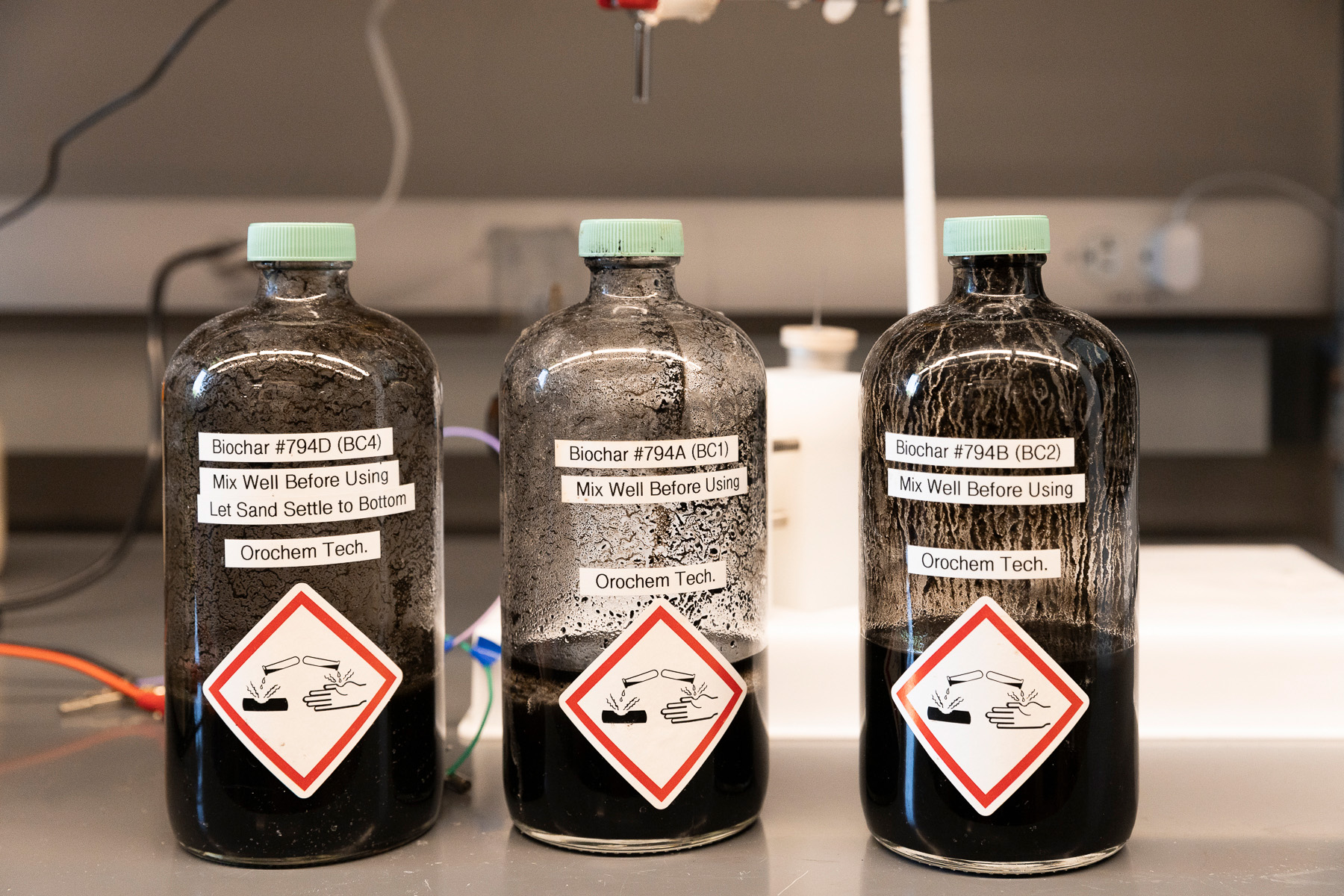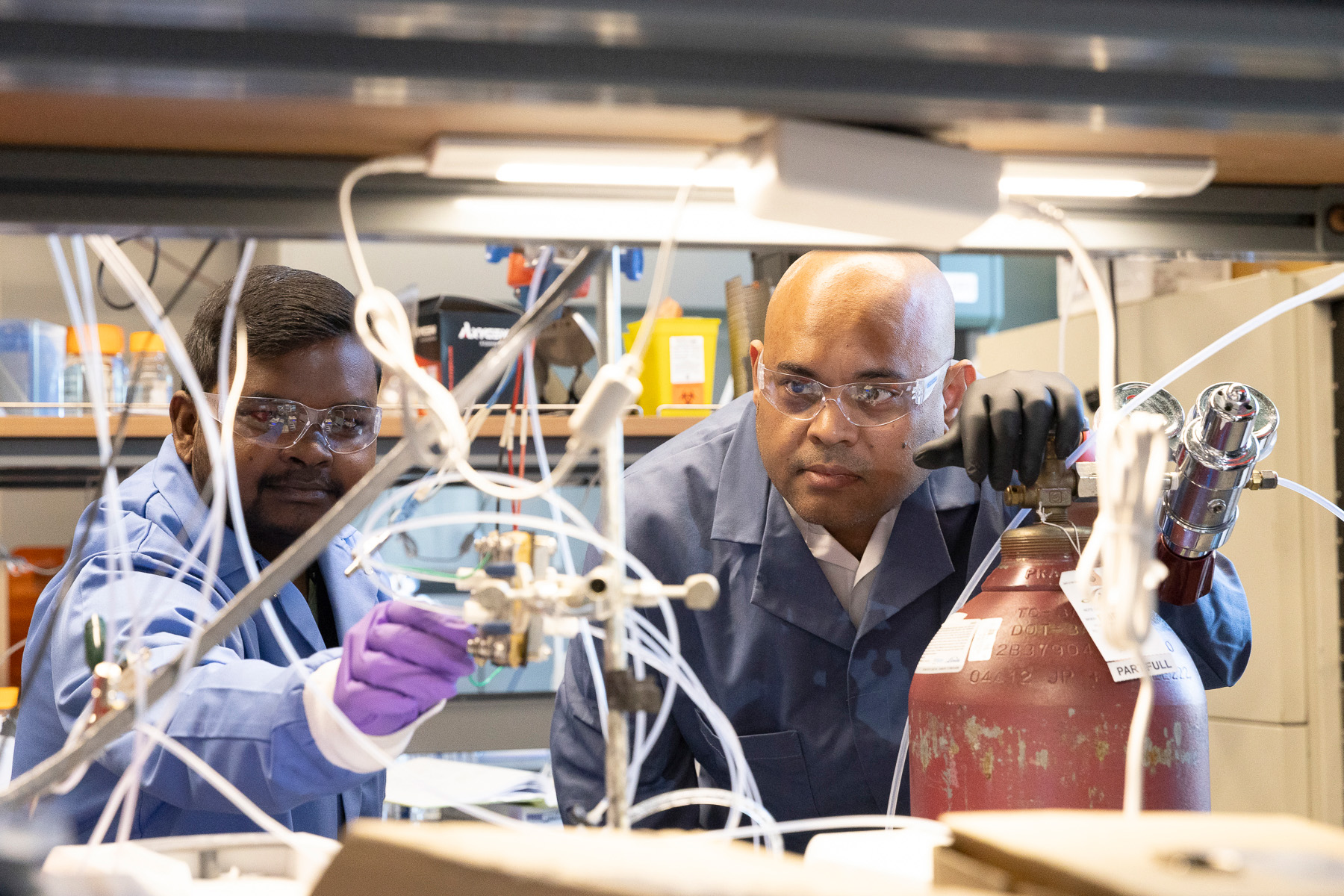"Informed AI News" is an AI-curated publications aggregation platform, ensuring you access only the most valuable information, with the aim of eliminating the information gap and transcending the confines of information cocoons. Find out more >>
New Solar-Powered Hydrogen Production Method Sets Efficiency Record
- summary
- score


Engineers at the University of Illinois Chicago have developed a groundbreaking method to produce hydrogen fuel using solar energy and agricultural waste such as manure and rice husks. This technique significantly reduces the energy needed to extract hydrogen from water by a remarkable 600%, opening the door to a more sustainable chemical industry.
Hydrogen is a promising clean energy source, yet its production traditionally requires substantial energy, often derived from fossil fuels. A team led by Meenesh Singh from UIC introduced a more environmentally friendly process, detailed in the journal "Cell Reports Physical Science." They employ biochar, a carbon-rich substance, to dramatically decrease the electrical energy required for water electrolysis, the process that separates water into hydrogen and oxygen.
By utilizing renewable energy sources like solar or wind and repurposing waste, this method can achieve net-zero greenhouse gas emissions. Singh's team tested various biochars derived from waste materials and discovered that cow manure was the most effective, reducing the necessary electrical power by a factor of six.
The process is incredibly energy-efficient, allowing it to be powered by a standard silicon solar cell at a mere 0.5 volts, producing only 15 milliamps—less power than a single AA battery. Impressively, the system converts 35% of the solar and biochar energy into hydrogen, setting a new global efficiency record.
This innovation not only diversifies the use of bio-waste but also provides a cost-effective solution for farmers to meet their energy needs or create new revenue streams. The potential to capture and utilize the produced carbon dioxide further amplifies the environmental and economic advantages of this breakthrough.
| Scores | Value | Explanation |
|---|---|---|
| Objectivity | 5 | Content provides balanced reporting on the technology and its potential impact. |
| Social Impact | 4 | Content discusses a technology that could influence public opinion on renewable energy. |
| Credibility | 5 | Content is credible, supported by research findings published in a scientific journal. |
| Potential | 5 | The technology has high potential to trigger significant changes in energy production. |
| Practicality | 4 | The technology is highly practical and can be applied to real-world energy problems. |
| Entertainment Value | 2 | Content is informative but lacks typical entertainment elements. |